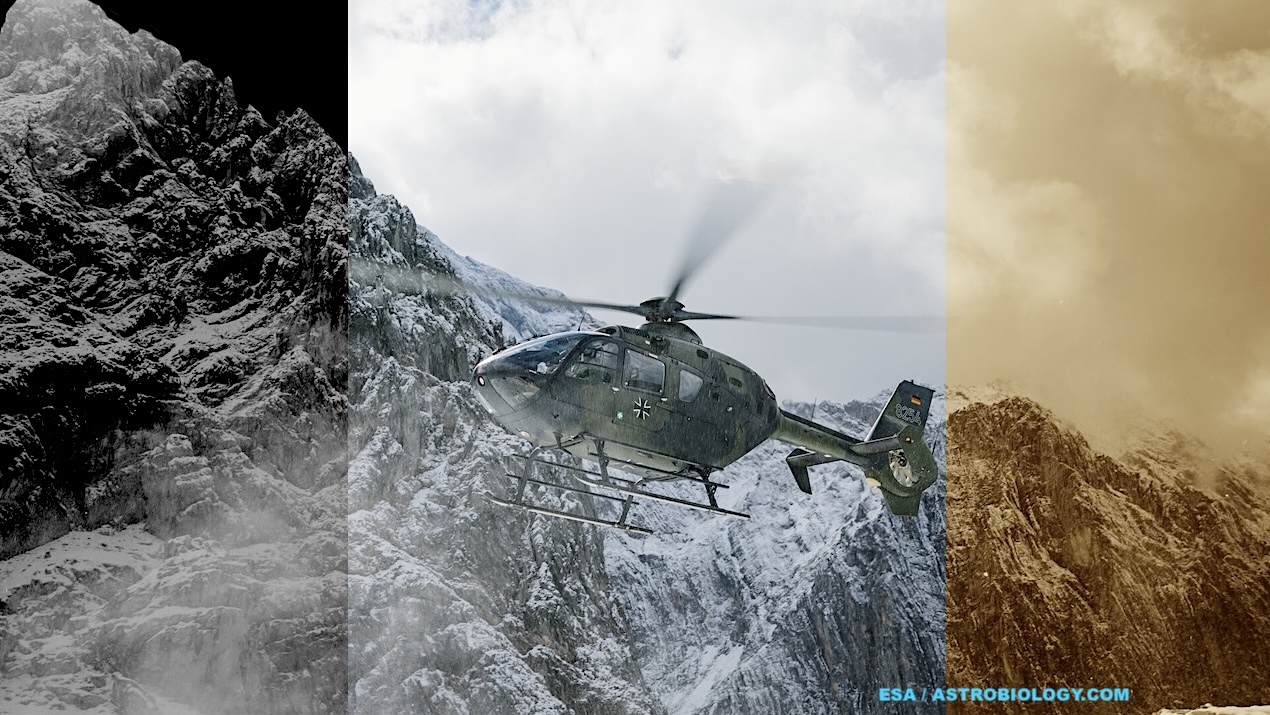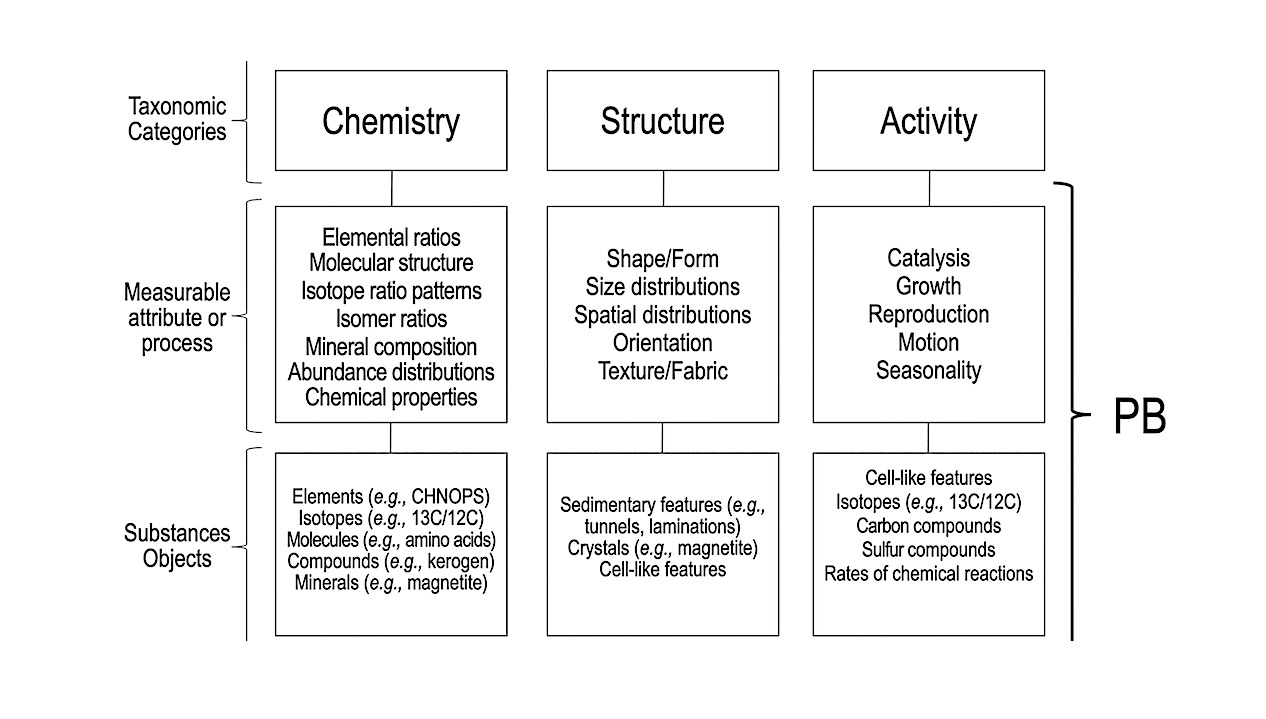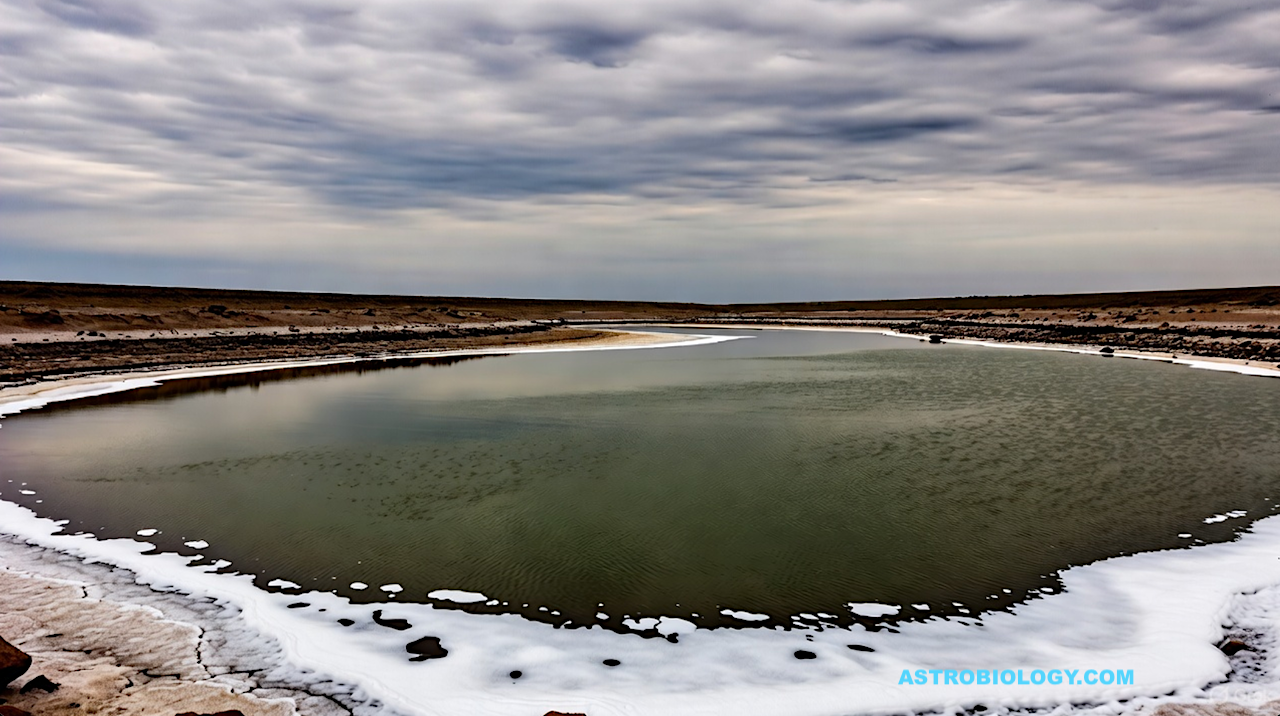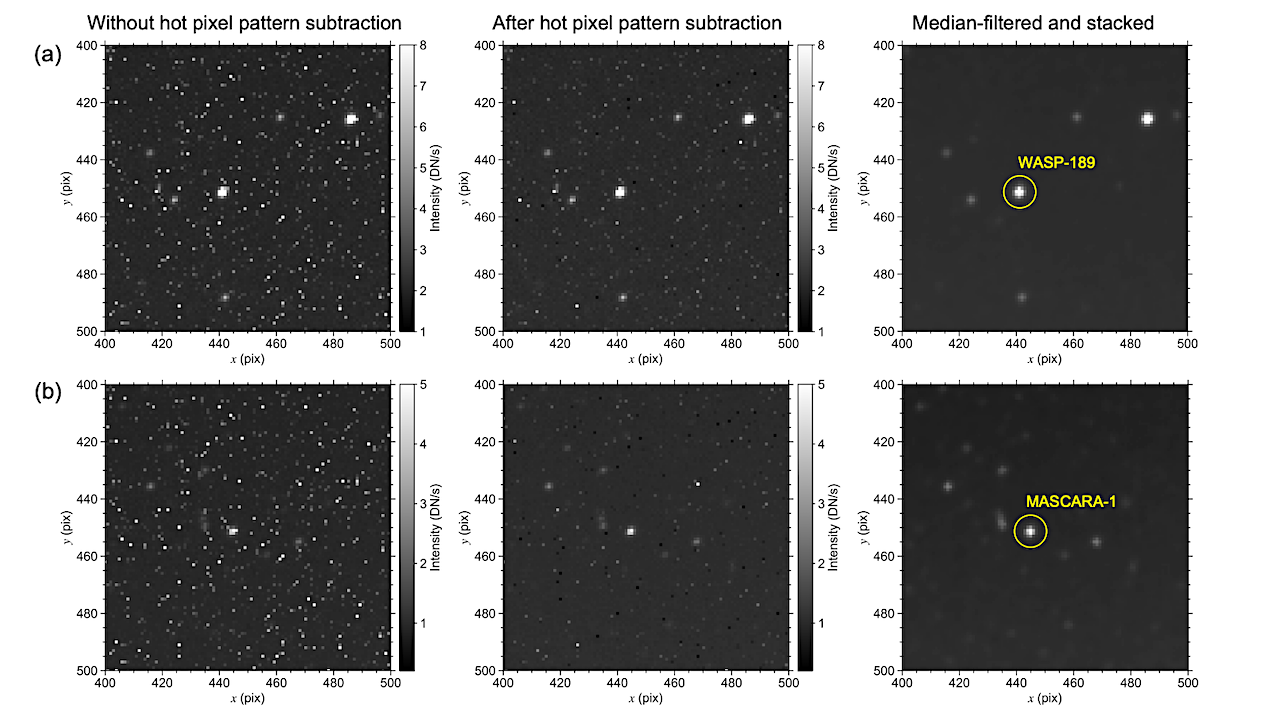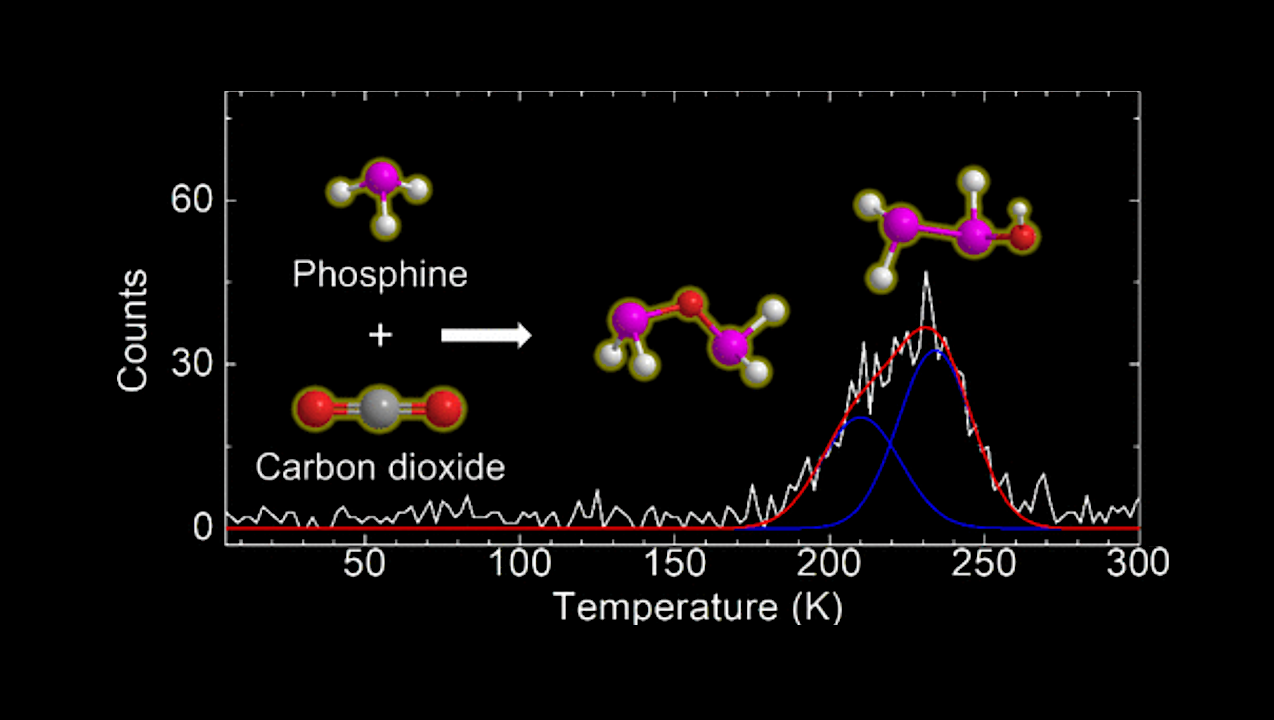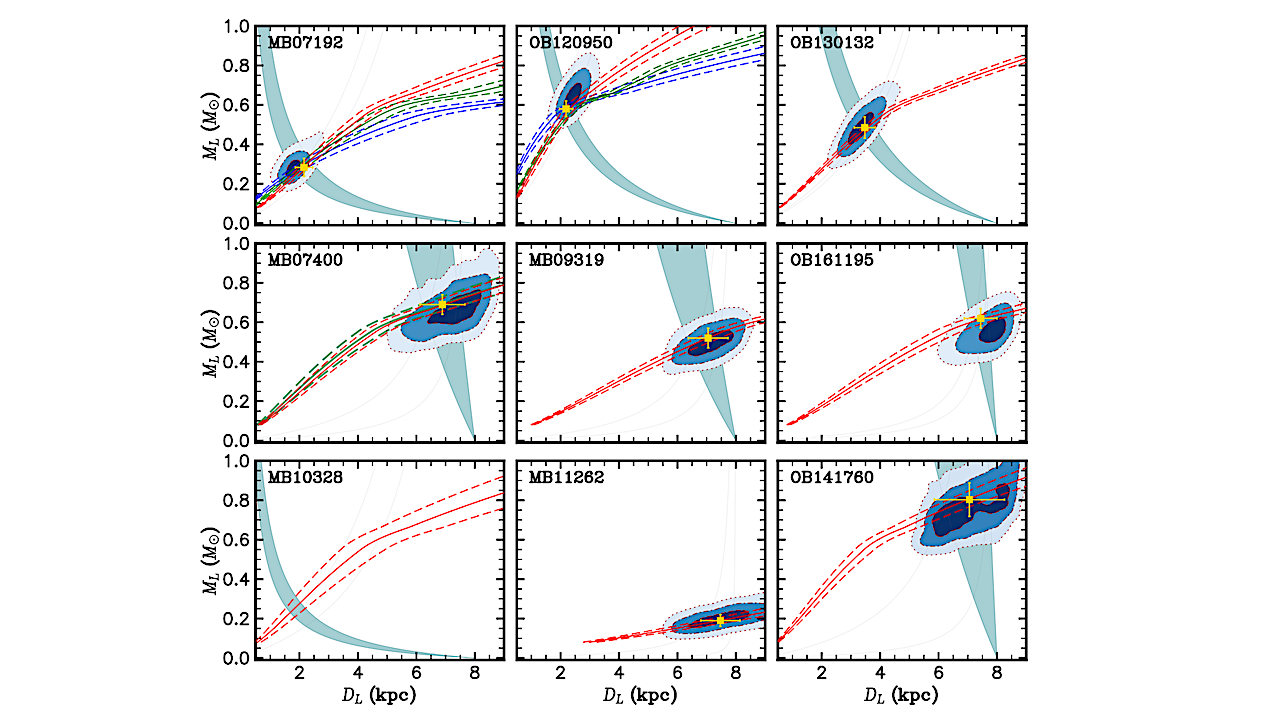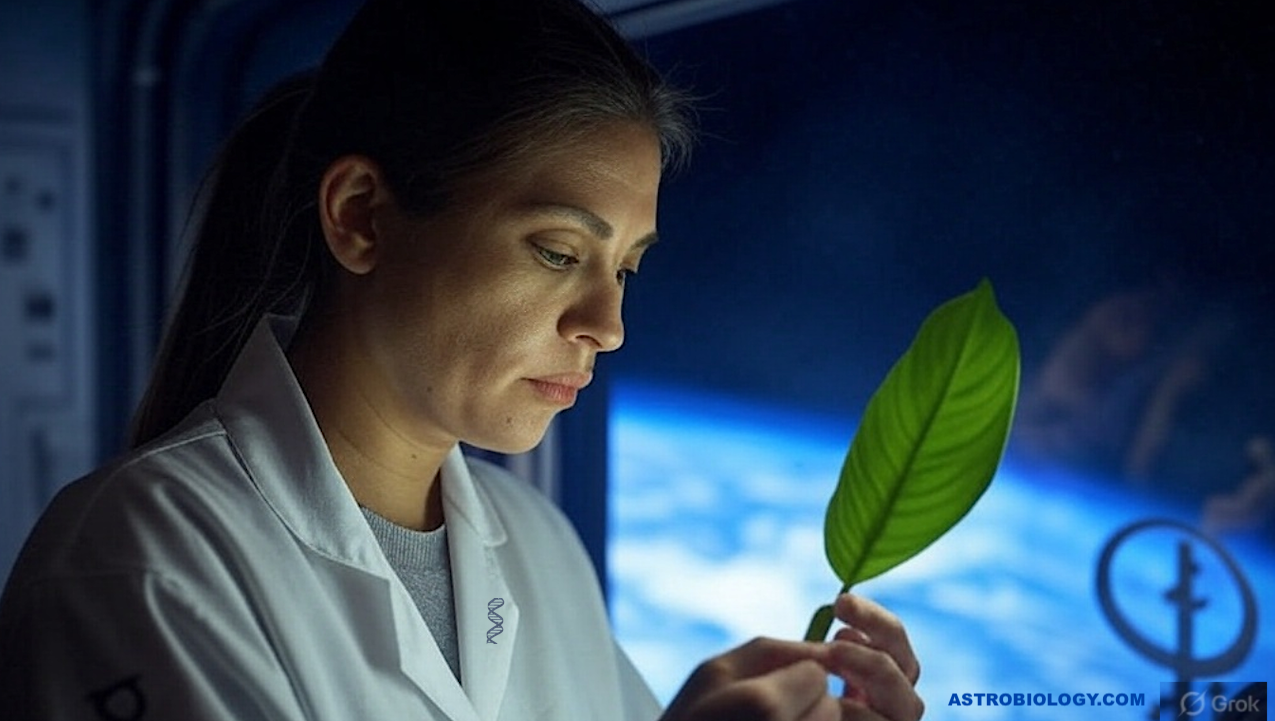Training on Earth for The Moon, Mars, And Beyond – Astrobiology.com – after ESA ESA astronauts Alexander Gerst, Matthias Maurer, Samantha Cristoforetti and Thomas Pesquet completed a helicopter training course
Astrobiology40- Page
Generic structure of the taxonomy of potential biosignatures (PB). The taxonomy consists of three generic categories (chemistry, structure, activity) thought to represent universal attributes of life. Each category comprises two
0.5 M (NH4)2SO4. Light yellow numbered items and arrows refer to the following biological components: 1, undulating outer membrane; 2, periplasmic space; 3, inner membrane; 4, nucleoid; 5, cytoplasm; 6,
“To bridge dilution between environments, we specify mobile “holding pens” (green-rust/iron flocs, silica mats, pumice rafts, and sea-surface microlayer/foam) that concentrate, shuttle, and release prebiotic cargo into shoreline pools.” —
Pangenome analysis comparing the Microbacterium meiriae strains with Microbacterium sp. LTR1, M. paraoxydans DSM 15019T, and additional Microbacterium species. The distribution of core, accessory, and strain-specific gene clusters is shown.
ONC-T images of (a) WASP-189 (image hyb2 onc 20240918 073620 tif l2b) and (b) MASCARA-1 (image hyb2 onc 20241130 093826 tif l2b) captured during transit events 10 and 12, respectively.
Graphical abstract — Journal of the American Chemical Society The P–O–P moiety plays a central role in inorganic and biological systems and is considered to be a critical precursor to
A representative sample of nine historical events from Table 5. The top row shows nearby ( 4 kpc) events for which a combination of all three mass-distance relations (θE, πE,
The JWST Users Committee (JSTUC) will hold their second Community Forum on Monday, October 27, 2025 at 12:00 PM (Eastern Time) to continue discussions with the JWST user community (following
Keith Cowing Explorers Club Fellow, ex-NASA Space Station Payload manager/space biologist, Away Teams, Journalist, Lapsed climber, Synaesthete, Na’Vi-Jedi-Freman-Buddhist-mix, ASL, Devon Island and Everest Base Camp veteran, (he/him) 🖖🏻 Follow on
-
 012024 in Review: Highlights from NASA in Silicon Valley
012024 in Review: Highlights from NASA in Silicon Valley -
 02Panasonic Leica Summilux DG 15mm f/1.7 ASPH review
02Panasonic Leica Summilux DG 15mm f/1.7 ASPH review -
 03From Polymerization-Enabled Folding and Assembly to Chemical Evolution: Key Processes for Emergence of Functional Polymers in the Origin of Life
03From Polymerization-Enabled Folding and Assembly to Chemical Evolution: Key Processes for Emergence of Functional Polymers in the Origin of Life -
 04How New NASA, India Earth Satellite NISAR Will See Earth
04How New NASA, India Earth Satellite NISAR Will See Earth -
 05And Thus Begins A New Year For Life On Earth
05And Thus Begins A New Year For Life On Earth -
 06Astronomy Activation Ambassadors: A New Era
06Astronomy Activation Ambassadors: A New Era -
07SpaceX launch surge helps set new global launch record in 2024


